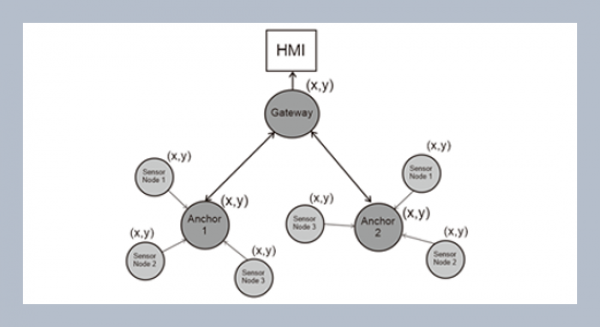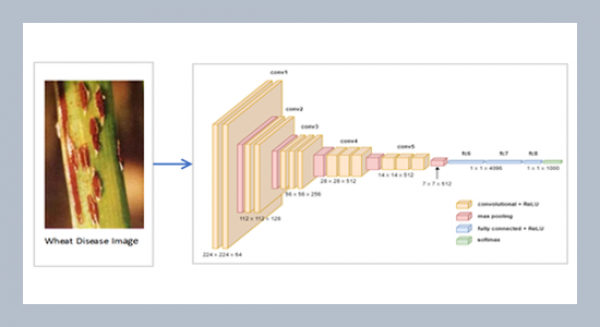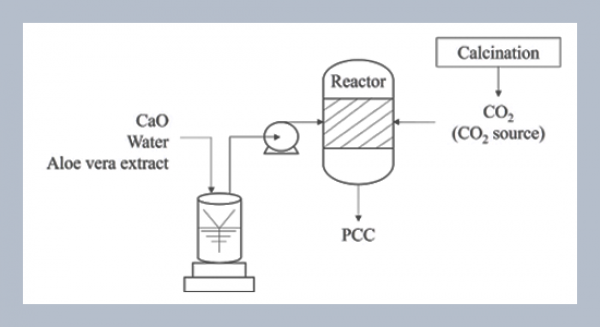Ch. V. Subbarao*, G. Kartheek, and D. Sirisha Department of Chemical Engineering, MVGR College of Engineering, Chintalavalasa, Vizianagaram, Andhra Pradesh, India
Download Citation:
|
Download PDF
Slow release of fertilizers is one of the means of minimizing the fertilizer loss. This can be achieved by using different types of coatings, like Plaster of paris, Wax etc. Present study is envisaged to study the dissolution rate of water soluble polymer coated potash prepared in the form of a cylindrical pellet. The polymer used is Polyacrylamide which is also useful in reducing soil erosion. The variables studied are quantity of fertilizer, quantity of water surrounding the pellet, replenishment time. It has been observed that lower the quantity of fertilizer and lower the quantity of water, slower the release is. The strength of the pellet is observed to play a vital role in the studies on replenishment time. Conductivity measurements are carried out for finding out the dissolution of potash into water. For highlighting the effectiveness of coating, the dissolution studies in the absence of polymer coating are also carried out.ABSTRACT
Keywords:
Fertilizer; polyacrylamide; slow release; soil erosion; replenishment time.
Share this article with your colleagues
[1] Subbarao, Ch. V., Gopal Singh, P. V., and Harikrishna, Ch. 2004. Delayed release of fertilizer through a coating of plaster of paris. Nature, Environment and Pollution Technology. 3, 401-404.REFERENCES
[2] Oosterhuis, D. M. and Howard, D. D. 2008. Evaluation of slow-release nitrogen and potassium fertilizers for cotton production. African Journal for Agriculture Research. 3, 1: 068-073.
[3] Corradini, E., Moura, M. R. D., and Mattoso, L. H. C. 2010. A preliminary study of the incorporation of NPK fertilizer Into chitosan nanoparticles, Express Polymer Letterr. 4, 8: 509-515.
[4] Fujinuma, R. and Balster, N. j. 2010.Controlled-release nitrogen in tree nurseries, Research Communication. 2, 123-126.
[5] Bansiwal, A. K., Rayalu, S. S., Labhasetwar, N. K., Juwarkar, A. A., and Devotta, S. 2006. Surfactant Modified Zeolite(SMZ) as a Slow Release fertilizer for Phosphrus , Journal of Agricultural and Food Chemistry, 54, 13: 4777-4779.
[6] Booze-Daniels, J. N. and Schmidt, R. E. 1997. The Use of Slow Release Nitrogen Fertilizers on the Roadside, Report number VA 22903-0817 submitted to Virginia Transportation Research Council.
[7] Kandil, E. A., Fawzi, M. I. F., and Shahin, M. F. M. 2010. Delayed release of N-fertilizers, Journal of American Science. 6, 12: 195-201.
[8] Landis, T. D. and Dumroese, R. K. 2009. Using Polymer-coated Controlled-release Fertilizers in the Nursery and After Outplanting, Forest Nursery Notes Winter, 5: 12.
[9] Kottegoda, N., Munaweera, I., Madusanka, N., and Green, V. K. A. 2011. Slow-release fertilizer composition based on urea-modified hydroxyapatite nanoparticles encapsulated wood. Current science. 101, 2: 1-7.
[10] Nwankwo, K. N. 2001. Polyacrylamide as a soil stabilizer for erosion of soil, Report WI06-98.
ARTICLE INFORMATION
Received:
2012-03-03
Revised:
2020-05-03
Accepted:
2012-05-23
Available Online:
2013-03-01
Subbarao, Ch.V., Kartheek, G., Sirisha, D. 2013. Slow release of potash fertilizer through polymer coating. International Journal of Applied Science and Engineering, 11, 25–30. https://doi.org/10.6703/IJASE.2013.11(1).25
Cite this article:















